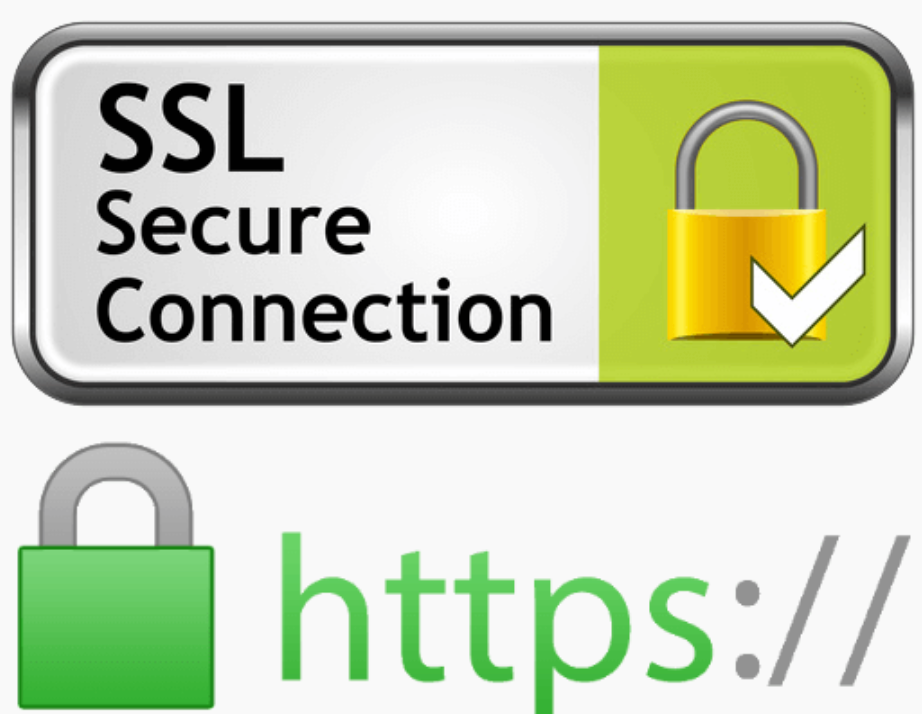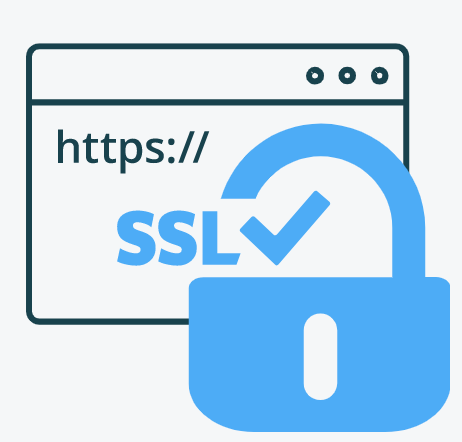Never heard of SSL Port in website security? you've come to the right place to learn everything about it. let's get started from the basics.
SSL(Secure Sockets Layer) is a widely adopted security protocol designed to facilitate privacy and data security for communications over the Internet.
The primary use of this technology is to carry out data authentication and encryption for the data transmitted through the internet connection.
It is responsible for the encryption of data being sent over the internet between two systems (commonly between a server and a client) so that it remains private. Data can be sent with or without the use of an SSL port, one way to indicate a secure connection is by the port number.
The term SSL Port is used to identify whether or not your connection is secure. If you are using SSL then it is equally important to know about HTTPS port numbers.
HTTPS connections use TCP port 443. HTTP, the insecure protocol, uses port 80.
What is SSL Port?
HTTP is not a different protocol from HTTPS. Instead, HTTPS works by establishing a secure HTTP connection using SSL. Hence, the protocol stacks for HTTP and HTTPS look similar.
The only difference is that HTTPS runs over SSL. To create this secure internet connection, an SSL certificate is installed on a web server.
The SSL certificate authenticates an organization’s identity to activate the HTTPS protocol so that data can be passed securely from a web server to a web browser.
What is the use of SSL?
Initially, data on the Web was transmitted in plaintext so anyone who could intercept the message was able to read it. For instance, if a consumer visited a shopping website, placed an order, and entered their credit card details on the website, that information would travel across the Internet unconcealed.
When you connect to a normal, unprotected website, information is sent in easily read, plain text format. This information typically bounces between numerous servers before it reaches its destination, so there are many opportunities for a would-be data thief to intercept and read this information.
SSL was created to correct this problem and protect user privacy. By encrypting any data that goes between a user and a web server, SSL ensures that anyone who intercepts the data can only see a scrambled mess of characters. The consumer's credit card number is now safe, only visible to the shopping website where they entered it.
SSL also stops certain kinds of cyber-attacks: It authenticates web servers, which is important because attackers will often try to set up fake websites to trick users and steal data.
Frequently used TCP ports
For configuring and managing web hosting, it’s useful to know the numbers for common services, such as an SSL port. Quickly lookup port numbers and their basic functions from the tables below.
Web Service Ports
Port # | Function |
80 | HTTP |
443 | SSL |
21 | FTP |
990 | FTPs |
22 | SFTP / SSH |
3306 | MySQL |
Email or SMTP Ports
Port # | Function |
110 | POP – Incoming |
995 | POP SSL – Incoming |
143 | IMAP – Incoming |
993 | IMAP SSL – Incoming |
25, 80, 3535 | SMTP – Outgoing |
465 | SMTP SSL Port – Outgoing |
You can see which ports Fast Web Host uses for email — in addition to finding SSL port information — in the Email Ports article.
cPanel Ports
Port # | Function |
2082 | cPanel TCP inbound |
2083 | cPanel SSL TCP inbound |
2086 | WHM TCP inbound |
2087 | WHM SSL TCP inbound |
2089 | WHM SSL TCP inbound |
2095 | Webmail TCP inbound |
2096 | Webmail SSL TCP inbound |
Distinguishing between certificates and protocols
The HTTPS protocol and an SSL certificate are two separate — but crucial — factors in creating a secure internet connection.
- The secure channel for data transfer and encryption is established by the HTTPS protocol.
- When an internet user attempts to send information over the Web, SSL certificates are used to authenticate that critical information and makes it secure.
Hence, the secure connection is determined by your server configuration and not by the certificate itself.
What is the difference between SSL and TLS?
Transport Layer Security (TLS) is an update to the SSL protocol. The initial SSL protocol was developed by Netscape back in 1995 and released to the public as SSL 2.0. Since then, updates have been made to ensure stronger, more secure encryption.
In 1999, TLS 1.0 was released as an update to SSL 3.0. Since then, TLS has been the primary technology used to secure data over internet connections and SSL.
However, because the term SSL is more widely known, the name carries on despite the technology depreciating.
Why is the SSL port important?
SSL port number is important for several reasons. For starters, HTTP is falling out of favour. More than 70 per cent of web pages are loaded via HTTPS in Google Chrome in the United States, according to Google’s HTTPS Transparency Report.
Besides the reason that “everyone else is doing it,” there are a ton of advantages to using HTTPS as opposed to HTTP.
How to Tell If a Website Is Using SSL?
1
Open your browser and navigate to the website you wish to check.
2
Look in your browser's top address bar for "https://" at the beginning of the website's address. The URLs of unencrypted websites begin with "http://" or you may not see that part of the address at all, depending on your browser. Websites using SSL always show the preceding protocol with an "s" at the end, such as "https://www.fastwebhost.in."
3
Look for an icon that depicts a closed padlock. This might be located in the address bar or the bottom status bar. If you have turned off your status bar, this icon may not be visible, even on websites that use SSL.
4
Right-click a blank area of the screen and select "View Page Info" or "Properties." Look for an entry for "Connection" or "Security," which is followed by the encryption status and protocol used.
What makes HTTPS Essential?
As per the rules of the Payment Card Industry, you need to use HTTPS If you collect credit card/debit card information on your website.
HTTPS Helps Web Pages Load Faster Than HTTP
HTTPS is not just a secure connection for your website but it is a less-known fact that it also has a positive impact on the page load times of your website.
HTTPS Helps In Creating A Trustworthy Online Browsing Experience
In case your website is not secured with an SSL certificate, if your website users might want to buy from your website, they might not do so.
As they will be providing important information like their personal details and credit card/debit card details and no one wants this crucial information to get compromised.
Hence, if your website is denoted as a not-secure one, people will consider purchasing the same things from some other website. Another important reason to be considered is that the major web browsers like Google Chrome indicate whether a website is secure or not in the address bar. A non-secure or a secure website is indicated with a padlock icon or with the word ‘secure’.
SSL can Boost your SEO
HTTPS is preferred by major search engines and is generally considered beneficial for SEO.
To reap the benefits of SEO you must implement HTTPS correctly. Follow this HTTPS migration checklist for SEO to make sure you get it right.
How can I get SSL?
SSL certificates can be purchased from a Certificate Authority (CA), like a Fast Web Host. After you purchase the certificate, follow the instructions from your hosting provider to install the SSL certificate.


